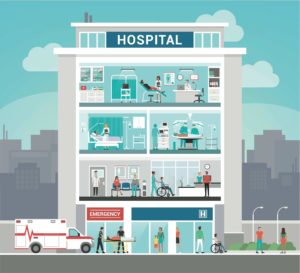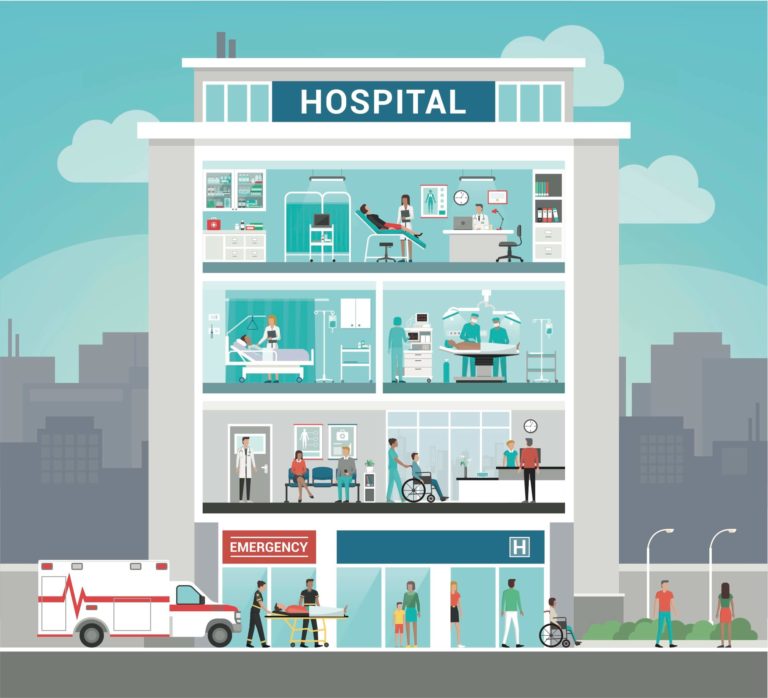There’s a dichotomy within hospitals in which the medicine they’re practicing is cutting edge, but the technology they’re providing their staff is anything but. From the hospital’s perspective, there is a rationale behind this. Introducing new technology into hospital departments requires costly training and the belief (or, rather, hope) that their staff will adopt it. The result is that staff technology within hospitals remains stagnant and outdated, with progress thwarted by a conservative fear that any change will lead to poor adoption, a waste of money, and an uprising among staff members. The solution, of course, would be to release effective technology that hospital leaders can be confident staff will not just adopt, but embrace. Easier said than done. Nurses and hospital staff already have a large amount of technology they’re expected to know how to use, while they also need to focus on providing safe and effective patient care. There are a few key reasons why new technology fails when being released to nursing departments:
- It’s too difficult to learn.
- It doesn’t resonate with the staff.
- It doesn’t solve an existing pain point for the end user.
Talk to any experienced nurse and they’ll tell you about the hours they’ve spent being taught a complex piece of software. These training courses are not only overwhelming to the nurse who’s taking the classes but extremely costly to the hospital paying its nurses to attend. Add in other healthcare workers and training costs can reach the millions. And the more difficult it is for staff members to learn a new technology, the less likely they’ll be to adopt it.
Hospital staff is subjected to a semi-truck sized amount of technology—much of it created without the end users’ pain points or preferences in mind. Imagine a new nurse who’s just gotten her BSN, ready to take on the world, save lives, and implement all of those NCLEX facts she just spent the last 3 months memorizing. Upon arrival, she realizes that working for a hospital requires both the medical knowledge she’s mastered as well as comfort with various pieces of technology she’s never used before. Here are just a few examples of what she might be encountering for the first time:

- EPIC: This is the most obvious one, but learning to navigate through the complex EHR jungle is difficult, to say the least.
- Pyxis: Another computer screen to navigate, but now with touch screen options!
- Med Scanner: Once you chart on the patient in EPIC and grab the med from Pyxis, the last step is figuring out how to work that finicky med scanner.
- Fax Machines: Why do these still exist?
- Tube System: Are these short distance fax machines? I feel like I’m working at a bank.
- Glucometer: Be sure to QC it!
- Bladder Scanner: Be sure to restock the gel!
- Nokia Phones: Sometimes I have to re-learn how to use old technology.
- Schedule Program: Good luck finding who you work with or easily swapping shifts.
- Work Email: What’s my login again?
- Timekeeping: A double whammy, this has the software you have to learn AND the badge reader system.
Simplicity alone will not lead to high adoption rates; it must also resonate with the team using it. Technology that has the end user in mind while being developed is a great way to ensure high adoption rates. In the field of nurse scheduling and staffing, much of the technology out there is designed for nurses as well as flight attendants, restaurant and retail workers, and other industries. Physicians and nurses not only work in the same industry but under the same roof, yet their roles and schedules are different enough that they often require separate technology platforms designed specifically for their job type.
It’s not difficult to see how developing industry-agnostic technology and implementing it on hospital departments will suffer from poor adoption rates.
Lastly, if the technology implemented on a hospital solves a pain point that the staff member is already noticing and experiencing, then they will see the value, embrace the technology, and be an important advocate for it within the department. If staff members feel like they’re only learning this new technology because the hospital wants more reimbursements—something the staff members are distanced from—they are much less likely to have that sense of ownership.As hospitals consider implementing new technology they must consider these key factors to ensure their staff will use it. Without that end-user adoption, new technology will never flourish and hospitals will fail to see the impact on staff productivity and efficiency they were hoping for. The end result is the same stagnation they suffered from prior to the new technology’s release. Fortunately, we’re in a technology boom right now, and emerging healthcare tech is bucking the trend, addressing these three key factors for success and setting the stage for a new wave of staff efficiency and engagement, patient safety and satisfaction, and hospital and facility success.
